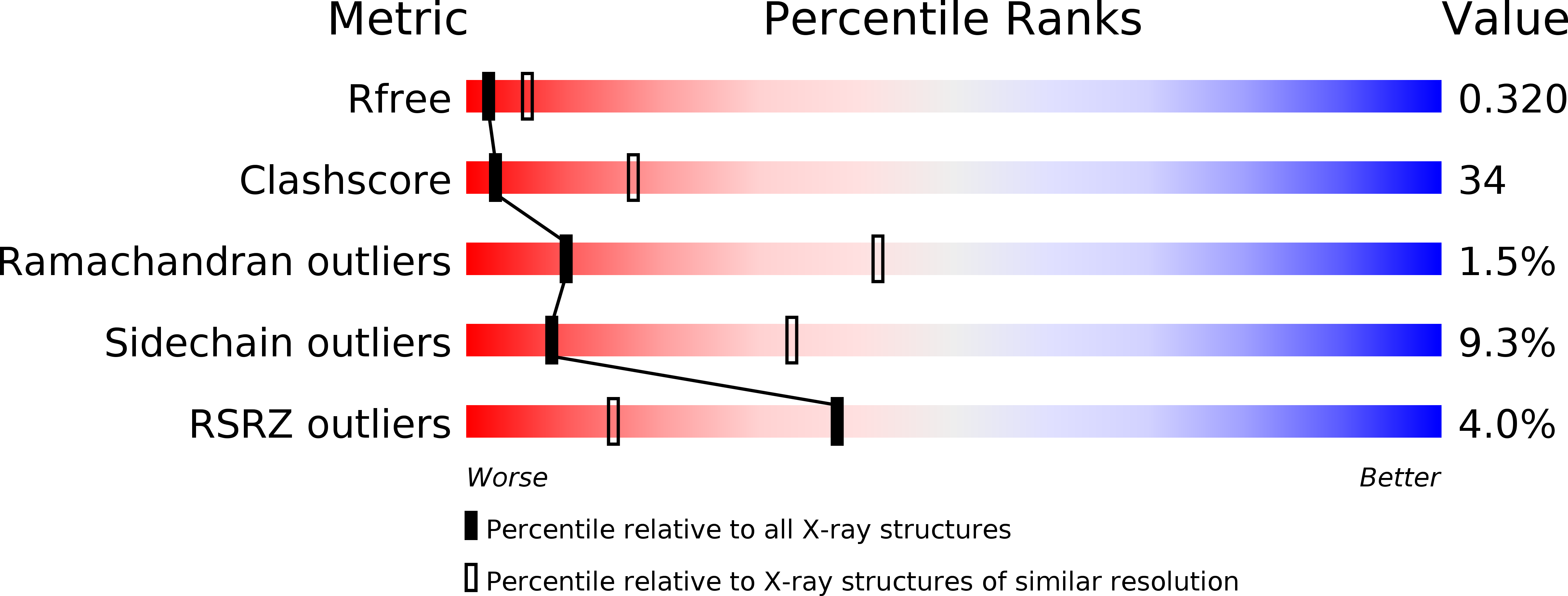
Deposition Date
2003-03-18
Release Date
2003-04-08
Last Version Date
2023-12-27
Entry Detail
PDB ID:
1O3Q
Keywords:
Title:
PROTEIN-DNA RECOGNITION AND DNA DEFORMATION REVEALED IN CRYSTAL STRUCTURES OF CAP-DNA COMPLEXES
Biological Source:
Source Organism:
Escherichia coli (Taxon ID: 562)
Host Organism:
Method Details:
Experimental Method:
Resolution:
3.00 Å
R-Value Free:
0.31
R-Value Work:
0.25
R-Value Observed:
0.25
Space Group:
P 31 2 1


